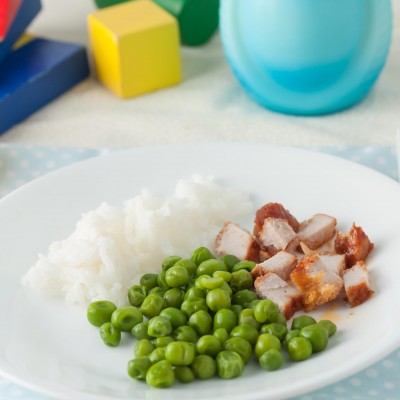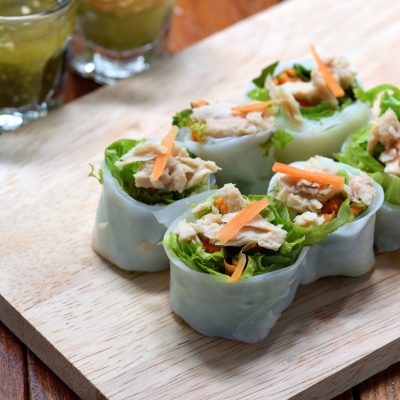
Article originally published November 23, 2020.
It’s no surprise GERD awareness week is celebrated the week of Thanksgiving, as we all love to indulge on delicious foods during the holidays. Occasional heartburn or acid reflux is normal, but experiencing symptoms on a regular basis could point to a different cause than sporadic overeating. So if you experience some reflux-type symptoms after eating that extra slice of pumpkin pie this Thanksgiving, don’t be alarmed. However, if you suffer from GERD symptoms two or more times per week, please take your symptoms seriously – they could be a sign of chronic reflux.
There are a number of things you can do to reduce your GERD symptoms while still enjoying the holidays this year.
Nibble, don’t gobble.
Portion control is one of the most important things you can do to prevent heartburn symptoms. Skip dishes that are not your favorite and choose small servings of your favorites. If dessert is on your must-have list, be sure to moderate your meal to ensure you save room for a small sweets portion.
Lighten up your meal.
You don’t have to give up your favorite dish to avoid triggering heartburn. Below are just a few ideas to lighten up your holiday meal.
- Dips – Use low-fat or non-fat sour cream, or substitute 0% fat Greek yogurt for half the sour cream.
- Turkey – Already a lean protein, keep turkey from turning greasy by roasting instead of frying. Choose white meat portions, which are lower in fat than dark meat and go easy on the gravy.
- Stuffing – Choose a recipe that uses apples, cranberries or other dried fruits, instead of greasy meats like bacon or sausage. Replace butter with low-fat broth. Bake the stuffing in a separate dish, not with the turkey.
- Mashed potatoes – Substitute skim milk for whole milk to cut the fat, and replace butter with with low-fat sour cream to maintain a creamy texture.
- Sweet potatoes – The typical sweet potato casserole is loaded with sugar and fat. To lighten it up, try using half the amount of butter, reducing the amount of sugar or syrup, and seasoning with cinnamon and nutmeg to boost the flavor. Even better…skip the casserole and have a baked sweet potato instead.
- Muffins and corn breads – Substitute non-fat yogurt or applesauce for oil, which will keep your baked goods moist, but dramatically lower the fat content.
- Gravy – Try making gravy with low-fat chicken or vegetable stock instead of the fat drippings from the roasting pan.
- Vegetables – Consider healthy options. Instead of veggies covered with creamy sauces, add a delicious salad or oven-roasted vegetables to the table.
Stick to the appetizers.
Hors d’oeuvres can often provide a light, protein-rich alternative to a full meal. Choosing options like veggie trays (skip the dip!), non-citrus fruits, baked lean meats and nuts can help you to manage your reflux symptoms while still enjoying party food.
Eat slowly.
Take your time and savor your food – eating quickly can lead to more heartburn. Don’t continue eating once you feel full.
Avoid heartburn triggering ingredients.
Know your body and what foods particularly irritate your stomach. Common foods and ingredients you may want to avoid include: alcohol, chocolate, mint and coffee. Look for substitutes, such as angel food cake instead of chocolate cake or tea instead of coffee.
Don’t sit on your tail feathers.
Being active after you eat can help your food to digest. Do something to get your body moving, like going for a walk, after your meal. Avoid laying down for at least two hours after eating.
If your heartburn symptoms are affecting your daily life, or if medication is the only thing controlling your symptoms, it is time to investigate. Click here for more information on heartburn care at FMC, or call the Heartburn Center at 740-689-6486 to learn more.



